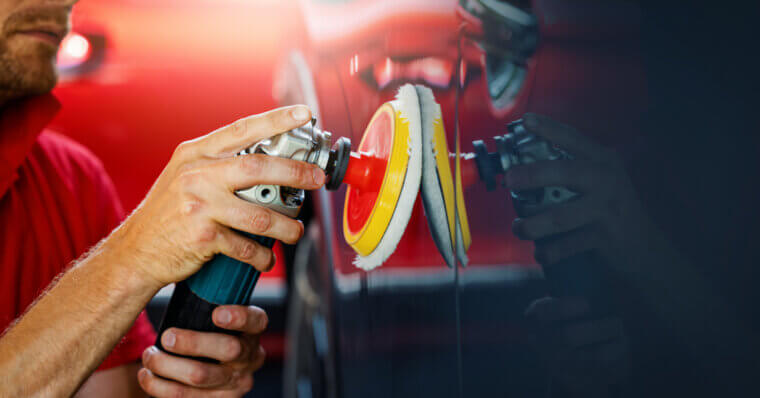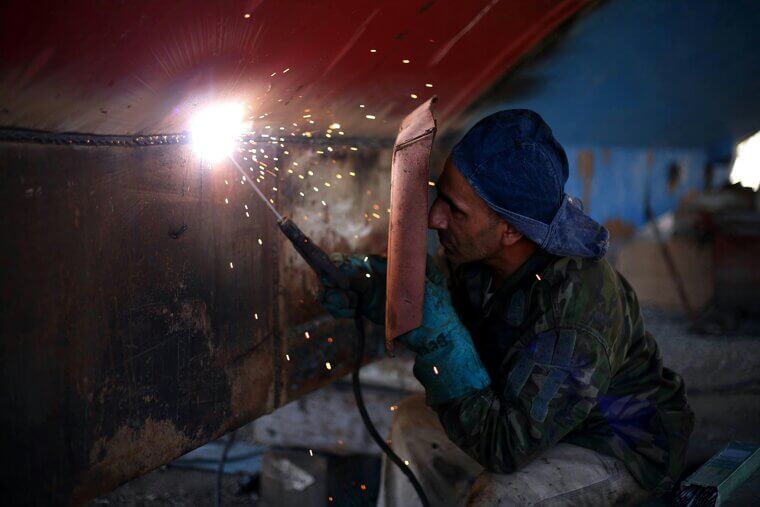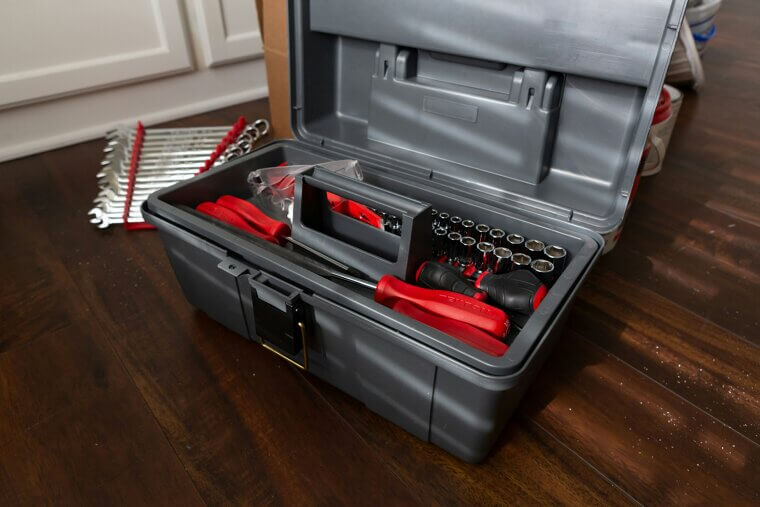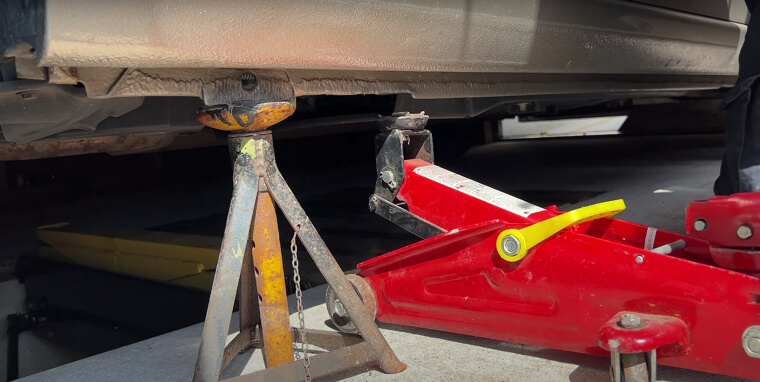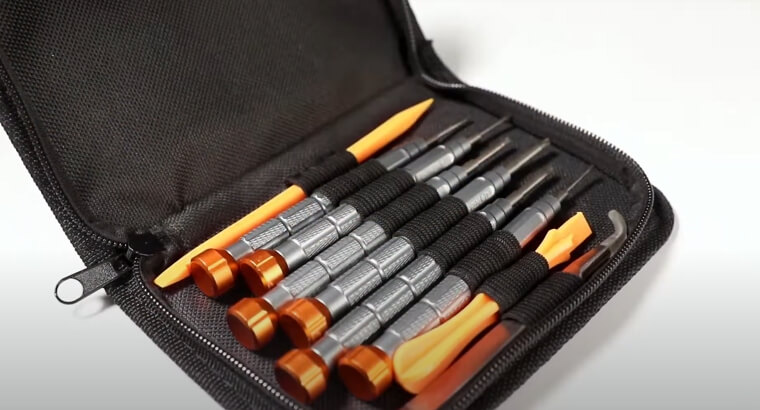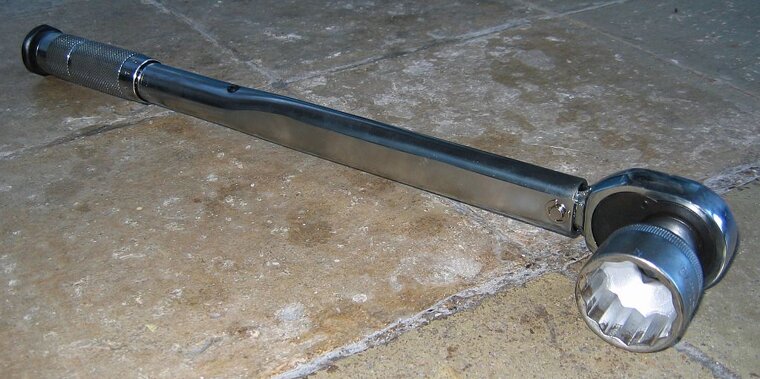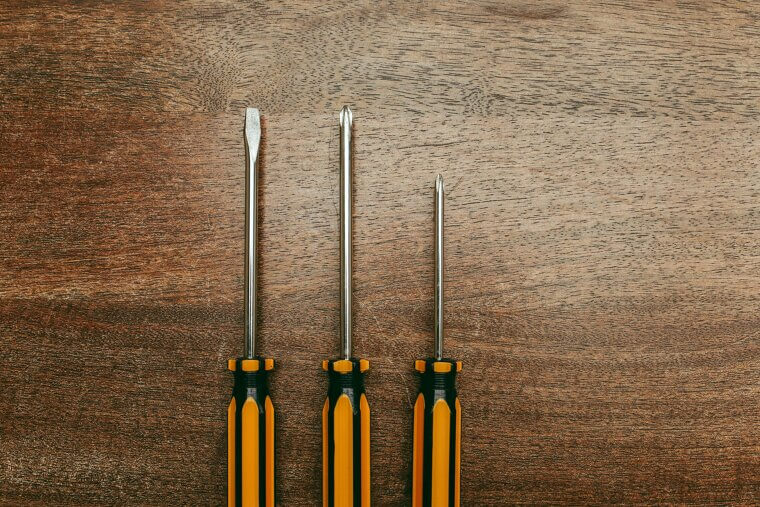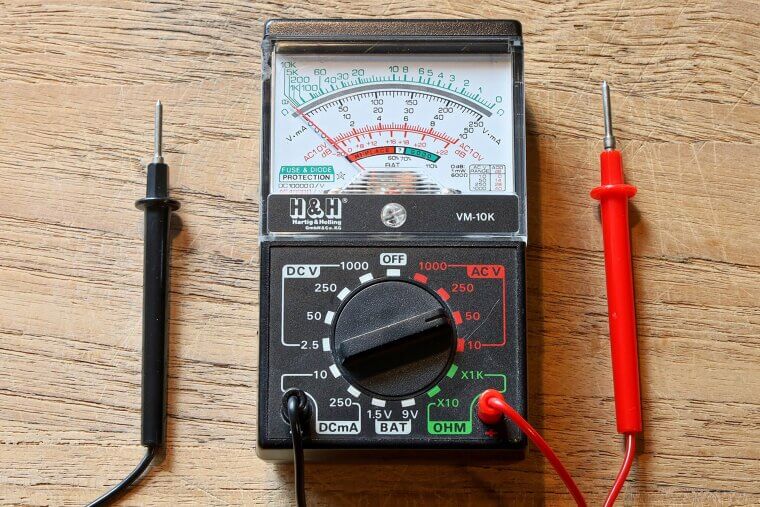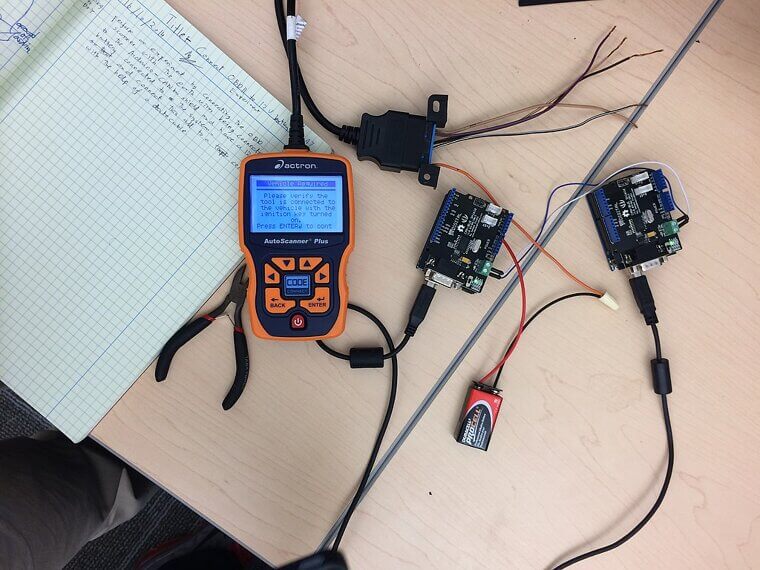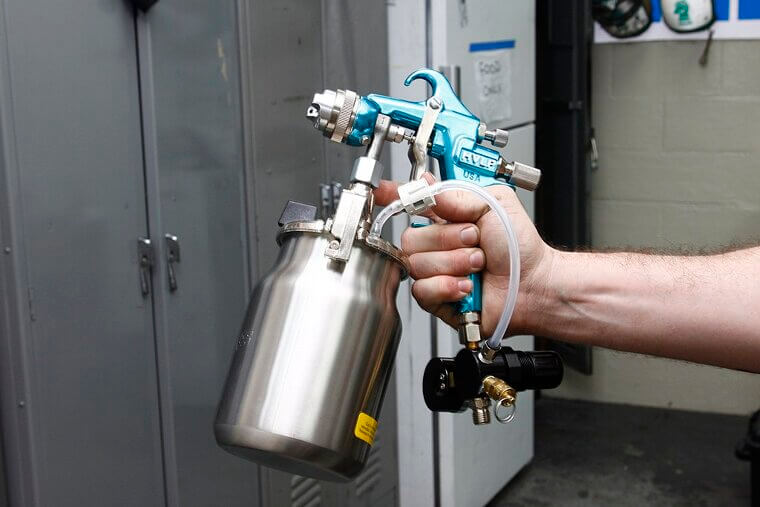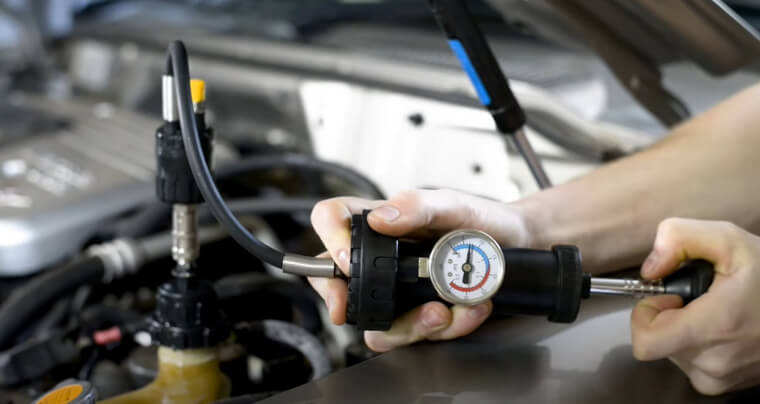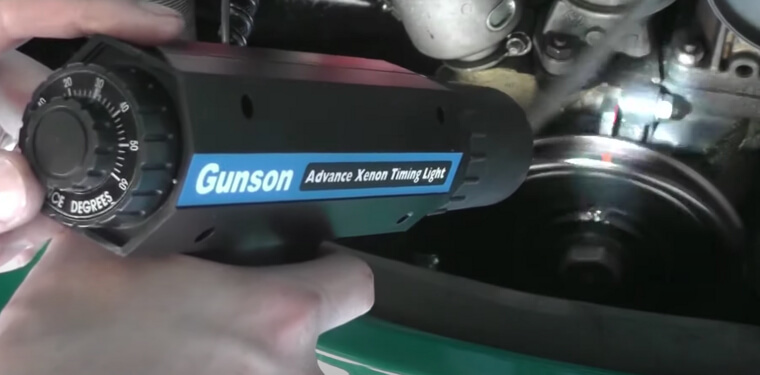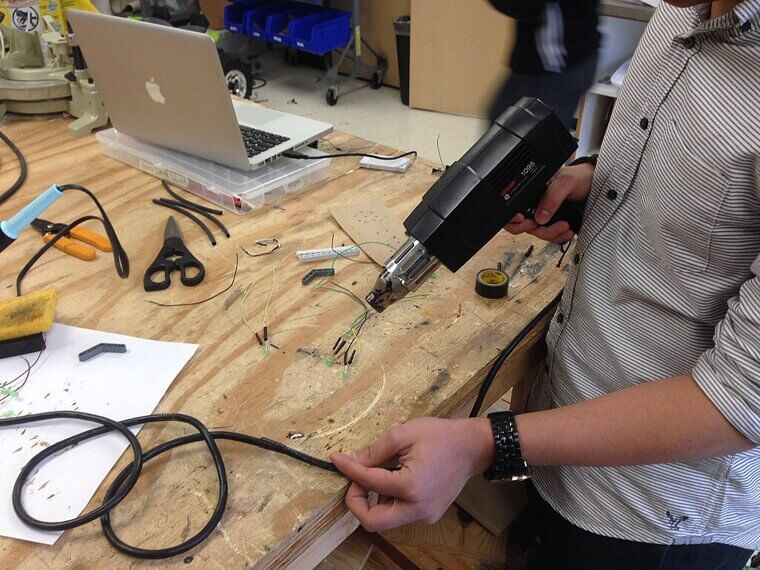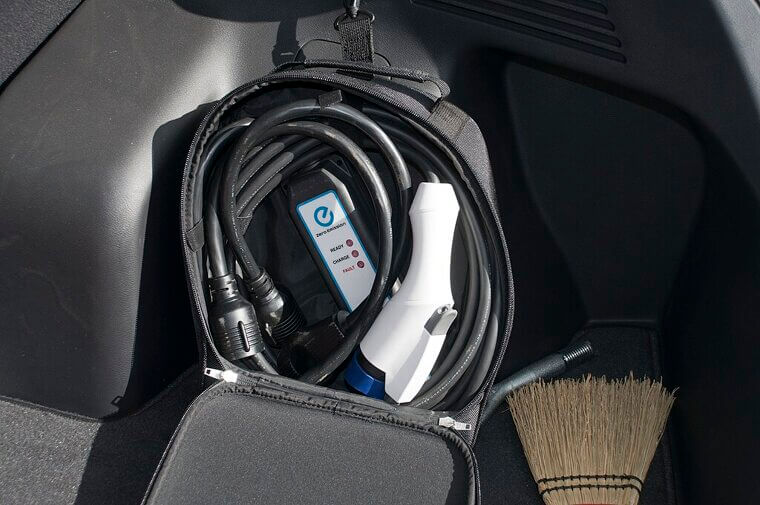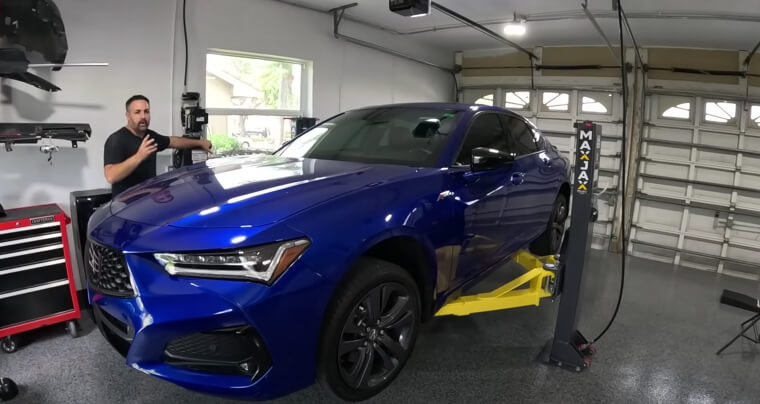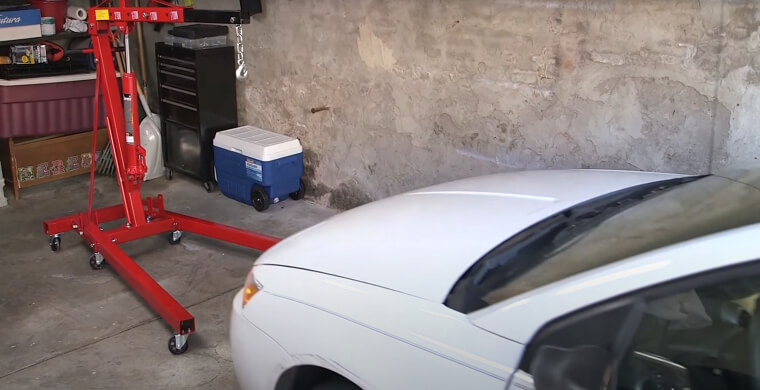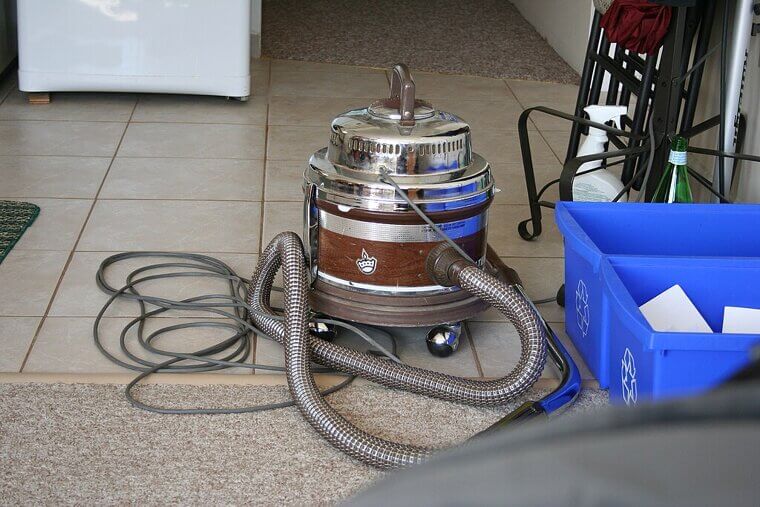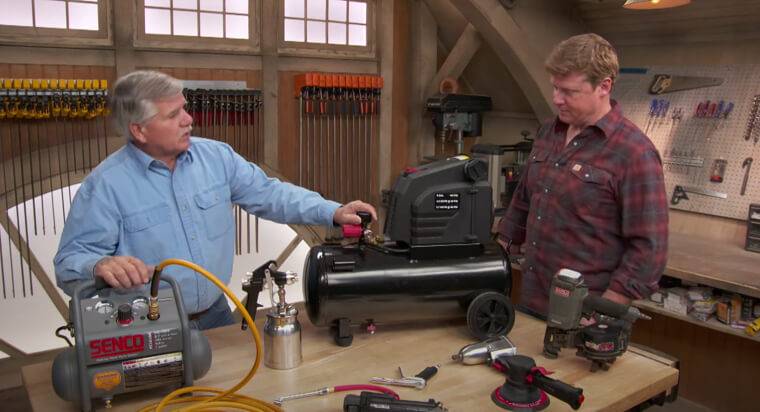Restoring a Car? Don’t Start Without These Tools
Restoring a car isn’t just a hobby - it’s a passion project, a learning experience, and sometimes even a form of therapy. But no matter how ambitious your restoration goals are, success revolves around having the right tools in your garage. Whether you’re tackling a full on, frame-off restoration or just giving an old beauty a mechanical glowup, the right equipment makes all the difference. From basic safety gear to specialized fastener drivers, we’re going to take you through the essential tools every home mechanic or seasoned restorer should have in their arsenal. Let’s gear up the garage and dive in!
Safety Tools
Before you even think about turning a wrench, safety needs to be your first concern. Eye protection, mechanic's gloves, steel-toe boots, and ear defenders are more than just accessories - they’re the barrier between you and serious injury. Should things get a little too hot, a good fire extinguisher rated for electrical and fuel fires is also essential in any restoration space. Add in a proper first-aid kit, and you’re ready to handle the unexpected. Remember, even a minor slip-up with sharp tools or electrical components can cause major damage. A well-equipped restorer isn’t just skilled; they’re smart about protection.
Tool Box
It might sound obvious, but you’ll never appreciate a good toolbox more than when you’re elbows-deep in a project car. A sturdy, well-organized one saves hours of frustration! You should choose one with multiple drawers, rolling wheels, and lockable compartments - it’s the best way to ensure you’re not wasting precious time hunting for that elusive 10mm socket. It’s also an essential way for you to take inventory and maintain your tools longer. It doesn’t matter if you’re restoring a classic Mustang, tuning up a Tucker or bringing life back to a Beetle, a proper toolbox helps you work smarter, not harder.
Floor Jack With Jack Stands
Getting under the car safely and comfortably is a must in restoration work; you might be spending a lot of time there! A hydraulic floor jack can literally lift your project high enough to inspect or remove parts, but jack stands are what keep you safe under the pressure. Never rely solely on a jack, though - it’s just not worth the risk. Choose a jack and stands rated above your vehicle’s weight for added peace of mind. You should also look for low-profile jacks if your car sits low, and always work on level ground. Stability and safety are non-negotiable here.
Socket Set With Open-Ended Wrenches
No restoration is complete without a comprehensive socket and wrench set for tackling every kind of nut or bolt you’ll encounter. These are the bread and butter of any mechanic’s toolkit, so make sure you have both metric and SAE sizes - you’ll need both if you're working on imports and classics. A variety of ratchets, extensions, and open-ended wrenches helps you reach into awkward places. Chrome vanadium steel options will hold up over time (even under stress) and with a full set on hand, you're prepared for any problem you might encounter, from engine disassembly to simple trim removal.
Torx-Head and Allen-Head Drivers
Modern cars - and even some classic imports - are riddled with specialty fasteners that won’t budge with a standard screwdriver. Fortunately for you (if you’ve prepared, at least), that’s where Torx and Allen-head drivers come in. These tools give you the grip and torque needed for flush, secure fasteners. A quality set, preferably with magnetic tips and varying lengths, will make your life a lot easier. If you’re tackling dashboard electronics, brake calipers or anything in between, these drivers are indispensable when precision and fit matter most. Make sure you don’t skimp though; poor-quality bits will strip fasteners and ruin your day.
Torque Wrench
In cases where precision matters - and in restoration, it often does - a torque wrench is your best friend. You’ll be using them when you’re tightening cylinder heads, securing suspension components, and a variety of other important tasks where getting the torque specs right means the difference between a solid build and a costly redo. Invest in both a click-style and digital torque wrench if it’s within your budget. Use them to follow factory specs exactly, ensuring bolts aren’t under- or over-tightened. It’s the kind of tool that pays for itself by preventing mistakes that could cost you big in parts (or, more importantly, safety).
Screwdrivers
When you think of tools, screwdrivers are likely at the top of the list. And there’s a good reason for that; although a complete set of screwdrivers might seem basic, they’re indispensable for just about every job on a car. Flathead and Phillips drivers are your go-to for vehicle interior trims, engine bay odds and ends or any number of other unpredictable tasks. Magnetic tips, ergonomic handles, and varied lengths make them easier and safer to use. Don’t overlook stubby drivers and precision sets for tight spaces and delicate electronics, either. A well-made screwdriver set prevents stripped screws, frustration, and botched cosmetic components.
Pliers
Pliers come in dozens of styles, and if you’ve ever needed them, you’ll understand why! Needle-nose, locking, slip-joint, and cutting pliers all serve distinct roles, and novices might be intimidated by that. Don’t worry though, you’ll be using them for crimping wires, removing stubborn hoses, bending metal tabs, and securing small parts in no time. A solid plier set means better grip, more control, and fewer busted knuckles (and potentially busted projects). Look for insulated options for electrical work, and spring-loaded designs for ease. If you’re restoring a car, you’ll be reaching for pliers more often than you’d think.
Multimeter
There are many older vehicles that suffer from plagues of electrical gremlins, which makes the multimeter your secret weapon. Diagnosing these issues is an unavoidable part of the restoration game, and the multimeter lets you test voltage, resistance, and continuity, helping you chase down bad grounds, short circuits, and dead wires. Obviously that can have literally shocking results, so this piece of kit is crucial for safely wiring in new components such as radios, lights, or ignition systems. Choose one with an easy-to-read screen, reliable probes, and auto-ranging for beginners. A multimeter can save you hours of guesswork, and possibly prevent dangerous mishaps.
OBD Scanner
You’d be amazed how often an OBD scanner comes in handy. Even if you're restoring a car that’s a few decades old, you might end up working on something with an onboard diagnostic system. An OBD-II scanner is essential for modern car restoration, letting you read trouble codes, clear check-engine lights, and monitor real-time data without expensive trips to the mechanic. For classic cars with modern engine swaps, this tool is also a must-have. You can get Bluetooth models that pair with your phone for even more diagnostic flexibility! It’s a small tool with a massive payoff in saved time and accurate troubleshooting.
Power Tools
While hand tools get the job done, power tools kick your productivity into high gear. Cordless drills, angle grinders, impact wrenches, and even Dremel tools bring speed and strength to your restoration work. They’re especially handy for cutting through rusted bolts, grinding surfaces smooth, and removing stubborn fasteners that manual tools can't touch. Look for high-torque, rechargeable options with adjustable settings to avoid damaging parts. A solid power tool arsenal saves time and energy, allowing you to focus on the fun part: bringing that car back to life.
Primer/Paint Spray Guns
If your restoration dream includes giving your ride a fresh coat of paint, a quality spray gun is a garage staple. While rattle cans might work for small touch-ups, a gravity-feed high volume low pressure (HVLP) spray gun delivers smooth, even coverage for primer and paint. You’ll also need a decent compressor to go with it, but the results are worth the setup. Practice makes perfect here, so experiment on test panels before laying down color on your pride and joy. A flawless finish is all about technique, and the right tools help get you there.
Cooling System Pressure Tester
Leaks love to hide in a cooling system under pressure, and a pressure tester helps you hunt them down. This tool gives you the ability to pressurize the radiator and monitor how well the system holds. If the pressure drops, you know there’s a leak somewhere in the hoses, clamps, radiator, or water pump. It’s way better to spot issues now than to find out later when you overheat on your first joyride. Choose a kit with multiple adapters for various radiator neck sizes. It’s one of those tools you might not use often, but when you need it, nothing else will do.
Timing Light
Getting the ignition timing just right can mean the difference between a smooth-running engine and one that sounds like it’s chewing marbles. A timing light flashes in sync with your spark plug firing, letting you see timing marks while the engine runs. This helps you adjust the distributor for optimal performance. Older cars especially benefit from precise timing, and even slight tweaks can improve throttle response, fuel efficiency, and reliability. Don’t let guesswork rob your engine of its potential - use the right light, and dial it in.
Heat Gun
Don’t underestimate the usefulness of a good heat gun. It’s essential for everything from shrinking wire insulation and removing old decals to softening adhesives and loosening stubborn trim pieces. You can even use it to mold plastic parts or warm up a surface before applying sound-deadening material. Choose a model with adjustable temperature settings and ergonomic handling. A reliable heat gun is one of those sneaky tools that earns its keep by making tricky jobs much, much easier.
Trickle Charger
When you're working on a long restoration project your car battery can lose charge from disuse, and that’s where a trickle charger comes in. It provides a low, steady current to maintain your battery without overcharging. This is especially useful if you’ve installed a new battery and want to preserve its life during periods of inactivity. Look for a smart charger with automatic shutoff features and multi-stage charging. It’s a simple tool that protects against dead batteries and saves you the frustration of jumping your project car every time you want to test something.
Lift
While a good jack and set of stands will do in a pinch, nothing beats a full car lift for convenience and access. Regardless of whether you’re inspecting the underbody, working on the suspension, or tackling an exhaust job, a lift offers unmatched comfort and visibility. There are portable options available, but a two-post lift is ideal for home garages with enough space. They don’t come especially cheap so there’s no doubt it’s an investment - however, if you're serious about restoration work and have the ceiling clearance, it’ll pay for itself with every turn of the wrench.
Engine Hoist With Stand & Cradle
If you plan to pull the engine (and let's face it, most serious restorers will) you need an engine hoist. A good hydraulic hoist lets you lift the motor safely and without strain, then if you pair it with an engine stand and cradle you get access to teardowns and inspections. This setup lets you rotate the engine and work on it from every angle. Make sure it's rated for your vehicle’s engine weight and has sturdy locking casters, though. It's a big-ticket tool, but it turns engine work from a nightmare into a manageable job with minimal heavy lifting.
Shop Vac
A clean workspace is a safe and efficient one, and that’s where a quality shop vac comes in. Restoration creates a surprising amount of debris: metal shavings, sawdust, rust flakes, old gaskets, and more. A wet/dry vac tackles it all! Use it to keep your floor, interior, and even engine bay clean throughout the build. Opt for a model with strong suction, a long hose, and multiple attachments for getting into tight spots; your lungs, tools, and paint job will thank you.
Air Compressor
The air compressor is a real MVP in any restoration shop. From powering impact tools and spray guns to cleaning surfaces and inflating tires, it's endlessly versatile. Choose one with a large enough tank (at least 20 gallons) to avoid interruptions during demanding tasks like painting or grinding. Oil-lubricated models tend to last longer and run quieter. With proper maintenance, your compressor will be the backbone of dozens of restoration tasks, saving you effort and adding a professional edge to your work.

